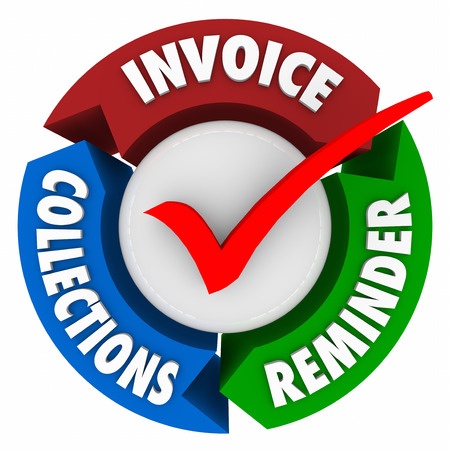How Credit Agencies Work
A credit bureau or agency is basically a clearinghouse of credit information for everyone in the U.S. who has a credit history. Unfortunately one in 10 American consumers have no credit history.
Whenever you’re habitually late with payments, default on a loan, or simply apply for a loan or line of credit, it will show up on your credit report. How does it get there? Your creditors regularly send in their reports to credit bureaus. The bureaus then compile the information and make it available to other potential creditors, upon request.
There are 2 basic types of credit reports: Individual and joint, and you may have an individual report even if you’re married. The report takes into account only the credit history of the individual name(s) on the account, be it you or both you and your spouse.
So whenever you apply for an apartment lease, auto, home, or personal loan, and in some cases a job, the powers that be may request a copy of your credit report to judge how responsible you are at managing debt.
Keep in mind that:
- Accurate negative information will remain on your report for 7 years.
- A Chapter 7 bankruptcy filing will remain on your report for 10 years.
It’s very important to periodically check your credit report to ensure it’s accurate and not suffering from some latent bill(s) you forgot to pay – maybe from a credit card you cut up long ago but is still technically active. Credit reports can also contain information that is outdated, misspelled, incomplete, or just plain wrong. It’s not unusual for someone with the same or similar name to have their information included in your report–especially if they live within the same zip code region.
If you discover inaccurate information on your credit report, follow these steps to resolve the situation:
- Use the tear-off sheet attached to the report to itemize exactly what you’ve found wrong.
- Send it back to the credit bureau, which has 30 days to investigate your claims.
- If the agency is unable to resolve your dispute(s) within 30 days, it will temporarily remove the items from your report until the issues are resolved.
- If a creditor reports that the disputed information is indeed accurate, the information will go right back into your report.
- If you still disagree with the findings, you may submit a statement explaining your side of the story; this statement will accompany every copy of the report that’s sent out.
- It can take anywhere from 30 days to several years to clear up inaccurate information, so make sure you start the process early before applying for a major loan.

